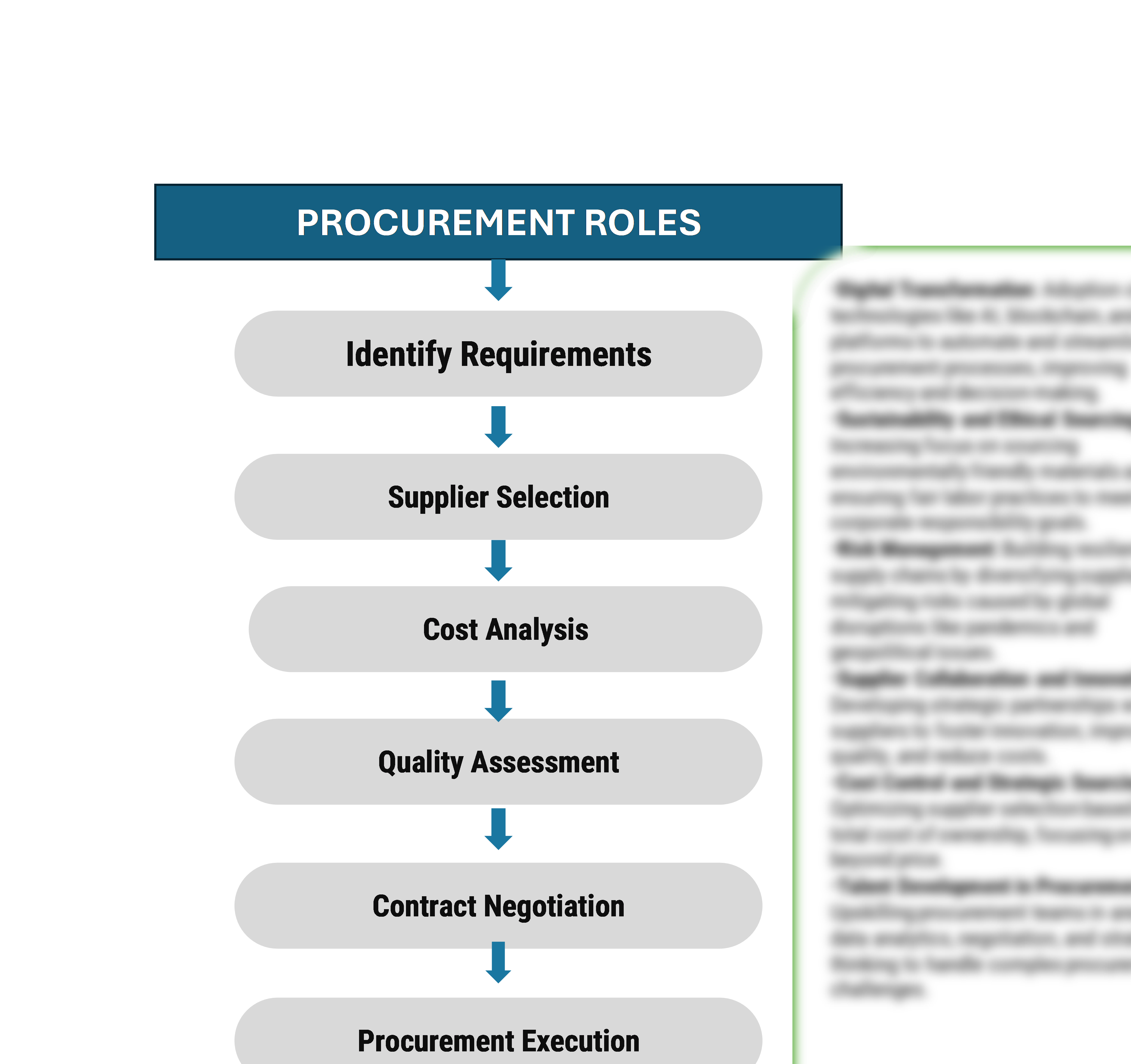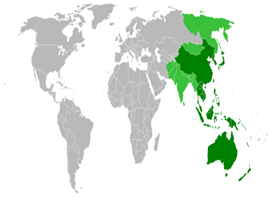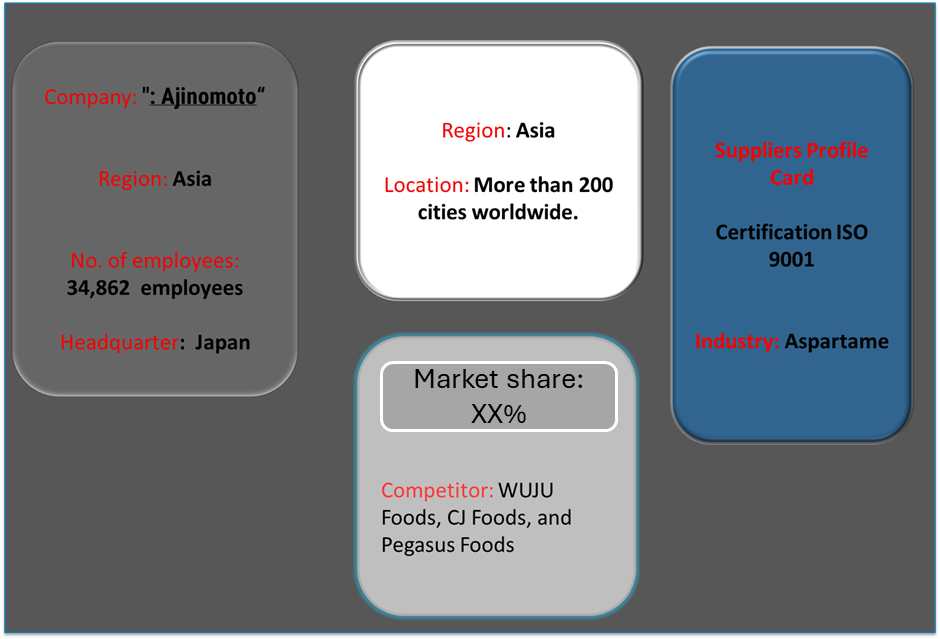Summary Overview
Active Components Market Overview
The active components market is undergoing rapid transformation, fueled by increased demand for miniaturized, energy-efficient components and advancements in semiconductor technology. This sector benefits from substantial investments from industries such as automotive, consumer electronics, and telecommunications, aiming to integrate intelligent, high-performance components. Our report provides a comprehensive analysis of current procurement trends, identifying opportunities for cost reduction through global sourcing and strategic supplier partnerships. Additionally, we address challenges such as supply chain disruptions and price volatility while emphasizing the importance of digital procurement tools for precise demand forecasting, helping clients navigate this evolving market landscape effectively. Additionally, we address future procurement challenges and emphasize the importance of digital procurement tools in accurately forecasting market needs to keep clients ahead in this dynamic landscape. Strategic sourcing and procurement management play a crucial role in streamlining the procurement process for active component development. As competition intensifies, companies are leveraging market intelligence solutions and procure analytics to optimize their supply chain management systems.
The outlook for the active components market is highly favourable, with several key trends and projections pointing toward robust growth through 2032:
-
Market Size: The global active components market is projected to reach approximately USD 550 billion by 2032, with a compound annual growth rate (CAGR) of about 6.1% from 2024 to 2032.
-
Sector Contributions: Growth is primarily driven by:
-
Consumer Electronics: Rising demand for miniaturized, energy-efficient electronics is accelerating the need for active components like transistors, diodes, and integrated circuits. -
Automotive Electronics: Increasing adoption of electric vehicles (EVs) and autonomous driving technologies is propelling demand for advanced active components, including power semiconductors and microcontrollers.
-
Technological Transformation and Innovations in the Active Components Market: Advances in materials science, electronics, and miniaturization are driving significant innovation in the active components market. New technologies, such as enhanced semiconductors, sensors, and energy-efficient components, are transforming various industries, including automotive, telecommunications, and consumer electronics. Additionally, the development of smart components integrated with IoT (Internet of Things) and AI capabilities is further boosting performance and functionality. -
Supply Chain Investments: Efforts to strengthen and diversify the supply chain for active components are intensifying, with significant investments aimed at reducing dependency on limited sources and enhancing supply reliability. -
Regional Insights: Asia-Pacific remains a dominant player, accounting for a significant share of manufacturing due to its expansive electronics sector, with North America and Europe focusing on high-end applications and innovations.
Key Trends and Sustainability Outlook
-
Miniaturization: Continuous demand for smaller and more efficient components is driving innovation in semiconductor materials and design. -
Automation in Manufacturing: The adoption of automated and AI-driven manufacturing processes is increasing component precision and production efficiency. -
Sustainable Component Design: A push toward eco-friendly and energy-efficient designs is helping reduce carbon footprints and adhere to global sustainability targets.
Growth Drivers
-
Automotive Advancements: With EV adoption on the rise, the need for high-performance, durable components is growing significantly. -
IoT Integration: The proliferation of IoT across industries is expanding the market for sensors, chips, and other active components. -
Renewable Energy Initiatives: Demand for active components in renewable energy systems, such as solar inverters and smart grid applications, is fueling market growth. -
Data Centers and Cloud Computing: The expansion of data centers is driving demand for active components used in computing, networking, and storage systems. -
Global Semiconductor Demand: Increasing consumer demand for connected devices is leading to higher investments in semiconductor R&D and production capacity expansion.
Digital Transformation
The market is also experiencing rapid digital transformation in the supply chain and manufacturing processes. This shift is enabling improved demand forecasting, inventory management, and real-time monitoring, helping businesses adapt quickly to changing market conditions.
Overview of Market Intelligence Services for the Active component Market
Recent analyses indicate that the active components market is facing rising costs due to increased demand for advanced technologies and supply chain disruptions. Market reports provide crucial cost forecasts and savings opportunities, enabling manufacturers and end-users to manage fluctuations while ensuring access to essential components. Key insights highlight that semiconductor prices are rising, particularly in the automotive and consumer electronics sectors, exacerbated by geopolitical tensions and raw material shortages. Stakeholders are advised to adopt strategic procurement strategies, such as long-term supplier agreements and investment in digital tools for real-time insights. By leveraging these strategies, they can effectively navigate challenges and maintain a sustainable procurement approach. For the most accurate information, consulting genuine market research sources is essential.
Procurement Intelligence for Active Components: Category Management and Strategic Sourcing
To stay ahead in the active components market, companies are optimizing procurement strategies by leveraging spend analysis solutions for vendor spend analysis and enhancing supply chain efficiency through supply market intelligence. As the demand for advanced active components like semiconductors, sensors, and electronic parts increases, strategic procurement practices are crucial.

Pricing Outlook for Active component Market: Spend Analysis
The active components market is currently experiencing a dynamic pricing environment influenced by various factors, including the rapid advancement of technology, increased demand for electronic devices, and inflationary pressures on raw materials. As a result, the pricing landscape is characterized by both challenges and opportunities.
The graph shows a general upward trend in pricing for active component, likely due to rising costs, increased complexity, and growing demand. However, there may be fluctuations influenced by economic conditions, technological advancements, and competitive dynamics.
Comprehensive Price Forecast:
Recent analyses indicate a steady upward trend in prices, driven by heightened demand across sectors such as consumer electronics, automotive, and telecommunications. With the market projected to grow significantly, we anticipate a robust year-on-year growth rate, underpinned by increasing investments in smart technologies and IoT applications.
Key factors influencing pricing include:
-
Rising Demand: The proliferation of smart devices and IoT technologies is driving demand for active components, leading to increased prices. -
Supply Chain Disruptions: Ongoing supply chain challenges have resulted in higher costs for raw materials and components, further impacting pricing structures. -
Technological Advancements: Continuous innovation in manufacturing processes and materials is expected to influence cost dynamics positively.
As global collaboration and competition intensify, stakeholders should adopt proactive procurement strategies to mitigate potential cost increases. Effective negotiation with suppliers and exploration of alternative sourcing options can help organizations manage expenses while ensuring access to essential active components.
Cost Breakdown for the Active component market: Total cost of ownership TCO and Cost saving opportunities
- Active Components (Electronics) (60%)
-
Description: This category includes semiconductors, integrated circuits, and other electronic components essential for various applications, including consumer electronics, automotive, and telecommunications. -
Trends: The market is witnessing rising prices due to increased demand from sectors like IoT and automotive, alongside supply chain disruptions impacting the availability of critical materials. Analysts project that prices for key active components will continue to rise as manufacturers face escalating production costs.
- Labor (XX%)
- Description
- Trends:
- Research and Development (R&D) (XX%)
- Description:
- Trends:
- Infrastructure & Overheads (XX%)
- Description:
- Trends:
Cost-Saving Opportunities in the Active Components Market: Negotiation Lever and Purchasing Negotiation Strategies
In the active components market, optimizing procurement strategies can yield significant cost savings and improve operational efficiency. Collaborative purchasing agreements allow companies to leverage bulk buying power, resulting in lower prices for essential components. Streamlining supply chain processes through just-in-time (JIT) inventory systems can minimize holding costs while ensuring critical components are readily available. The adoption of automation in manufacturing enhances productivity and reduces labor costs, leading to overall operational savings. Additionally, implementing energy-efficient practices can lower utility expenses, while outsourcing non-core functions helps organizations focus on their primary competencies and reduce overhead.
Leveraging data-driven decision-making through analytics tools enables companies to track performance and optimize resource allocation, identifying areas for cost reduction. Utilizing virtual collaboration platforms further minimizes travel costs and enhances communication, particularly in global supply chains. Finally, sourcing from emerging markets can provide competitive pricing for raw materials and components, contributing to lower production costs. By adopting these procurement strategies, organizations can maximize their cost-saving potential while maintaining product quality and innovation, essential for thriving in a dynamic market environment.

Supply and Demand Overview of the Active Component Market: Demand-Supply Dynamics and Buyer Intelligence for Effective Supplier Relationship Management (SRM)"
The active components market is experiencing growth driven by advancements in technology, increased applications in various sectors, and a focus on innovation. Demand is particularly strong in the automotive, consumer electronics, and industrial automation sectors, fueled by rising electronic content in devices and systems.
Demand Factors:
-
Technological Advancements: Innovations in semiconductor technologies and increased integration of active components in electronic devices are driving demand across multiple sectors. -
Growing Electronics Market: The surge in consumer electronics, including smartphones and IoT devices, has escalated the demand for efficient active components. -
Automotive Electronics: The shift towards electric vehicles (EVs) and advanced driver-assistance systems (ADAS) is significantly increasing the need for active components in automotive applications. -
Industrial Automation: The increasing adoption of automation in manufacturing processes is boosting demand for active components that enhance operational efficiency.
Supply Factors:
-
Diverse Manufacturing Capabilities: A wide range of manufacturers, from established players to emerging firms, contributes to the availability and diversity of active components. -
Global Supply Chains: Efficient global supply chains allow for the distribution of components across regions, ensuring accessibility and responsiveness to market needs. -
Investment in R&D: Companies are investing heavily in research and development to innovate and enhance their product offerings, leading to improved supply of advanced active components. -
Market Competition: Heightened competition among manufacturers fosters innovation and often leads to better pricing and quality for consumers.
Regional Demand-Supply Outlook: Active Components
The image shows growing demand for academic research in both India and China, with potential price increases and increased competition
Asia-Pacific: Emergence as a Key Player in the Active Components Market
The Asia-Pacific region, particularly countries like China, Japan, and South Korea, is rapidly emerging as a significant player in the active components market, characterized by:
-
Expanding Manufacturing Base: Asia-Pacific hosts some of the largest electronics manufacturers, driving significant demand for active components to support their production needs. Companies like Samsung and TSMC are leading the charge in semiconductor production. -
Government Initiatives: National policies and funding initiatives, particularly in China, aim to boost domestic semiconductor production and reduce reliance on foreign technology, enhancing the regional supply chain's robustness. -
Rising Consumer Electronics Demand: The growing middle class in Asia-Pacific countries has spurred demand for consumer electronics, including smartphones and appliances, which rely heavily on active components, driving market growth. -
Investment in R&D: Increasing investment in research and development within the region is fostering innovation in active components, particularly for applications in automotive and industrial automation. -
Global Supply Chain Integration: The region's integration into global supply chains allows for efficient distribution and procurement of active components, making it an attractive market for international stakeholders seeking to enhance their operations.
Asia pacific remains a key hub Active component innovation and growth

Supplier Landscape: Supplier Negotiations and Strategies
The supplier penetration in the active components market is significant, with a growing number of global and regional players contributing to the development and manufacturing of advanced electronic parts, semiconductors, sensors, and other critical components. These suppliers play a crucial role in the overall market dynamics, impacting pricing, innovation, and accessibility. The market is highly competitive, with suppliers ranging from large multinational corporations to specialized technology firms focusing on niche components and emerging technologies.
Currently, the supplier landscape is characterized by substantial consolidation among top-tier electronic and semiconductor companies, which dominate the market share. However, emerging technology firms and startups are also expanding their footprint by focusing on niche areas, such as artificial intelligence (AI), Internet of Things (IoT), and next-generation energy systems, which require specialized active components.
Some of the key suppliers in the active components market include:
- Intel Corporation
- Qualcomm Inc.
- Texas Instruments Inc.
- Broadcom Inc.
- NXP Semiconductors
- Analog Devices, Inc.
- Infineon Technologies AG
- STMicroelectronics
- Micron Technology, Inc.
- Samsung Electronics

Key Development: Procurement category significant development
Development |
Description |
Impact on Market |
Increased Demand for IoT Devices |
Growing adoption of Internet of Things (IoT) technologies is driving demand for active components. |
Accelerated growth in semiconductor sales and innovation. |
Advancements in Semiconductor Technology |
Innovations such as Gan (gallium nitride) and Sic (silicon carbide) are enabling more efficient power electronics. |
Enhanced performance and efficiency in power applications. |
Expansion of Electric Vehicles (EVs) |
Rising interest in electric vehicles is leading to increased use of power components. |
Significant market growth for components used in EVs. |
Integration of AI and Machine Learning |
Active components are increasingly integrated with AI technologies to enhance functionality. |
Improved performance and automation in various applications. |
Procurement Attribute/Metric |
Details |
Market Sizing |
The active components market is projected to grow USD up to USD 550 billion by 2032, with a CAGR of 6.1% (2024-2032). |
Procurement Technology Adoption Rate |
40% of organizations are adopting IoT, AI, and machine learning technologies to enhance the performance and efficiency of active components in their applications. |
Top Procurement Strategies for 2024 |
Emphasis on advanced manufacturing techniques, supplier collaboration, cost optimization, and sustainability in component sourcing. |
Procurement Process Automation |
30% of procurement teams have automated key sourcing and procurement tasks, including demand forecasting and supplier selection for active components. |
Procurement Challenges |
Key challenges include managing component quality control, meeting regulatory standards, mitigating supply chain risks, and fluctuating raw material costs. |
Key Suppliers |
Prominent suppliers include TDK Corporation, Murata Manufacturing, STMicroelectronics, NXP Semiconductors, and Analog Devices. These companies lead in producing capacitors, inductors, resistors, and other key active components. |
Key Regions Covered |
North America, Europe, Asia-Pacific, and Rest of the World, with a strong presence in China, Japan, the U.S., and Germany due to high demand in consumer electronics, automotive, and industrial sectors. |
Market Drivers and Trends |
Growth driven by the rise of smart devices, automotive electronics, and industrial automation. Notable trends include increased miniaturization of components, demand for higher efficiency, and focus on sustainability. |








